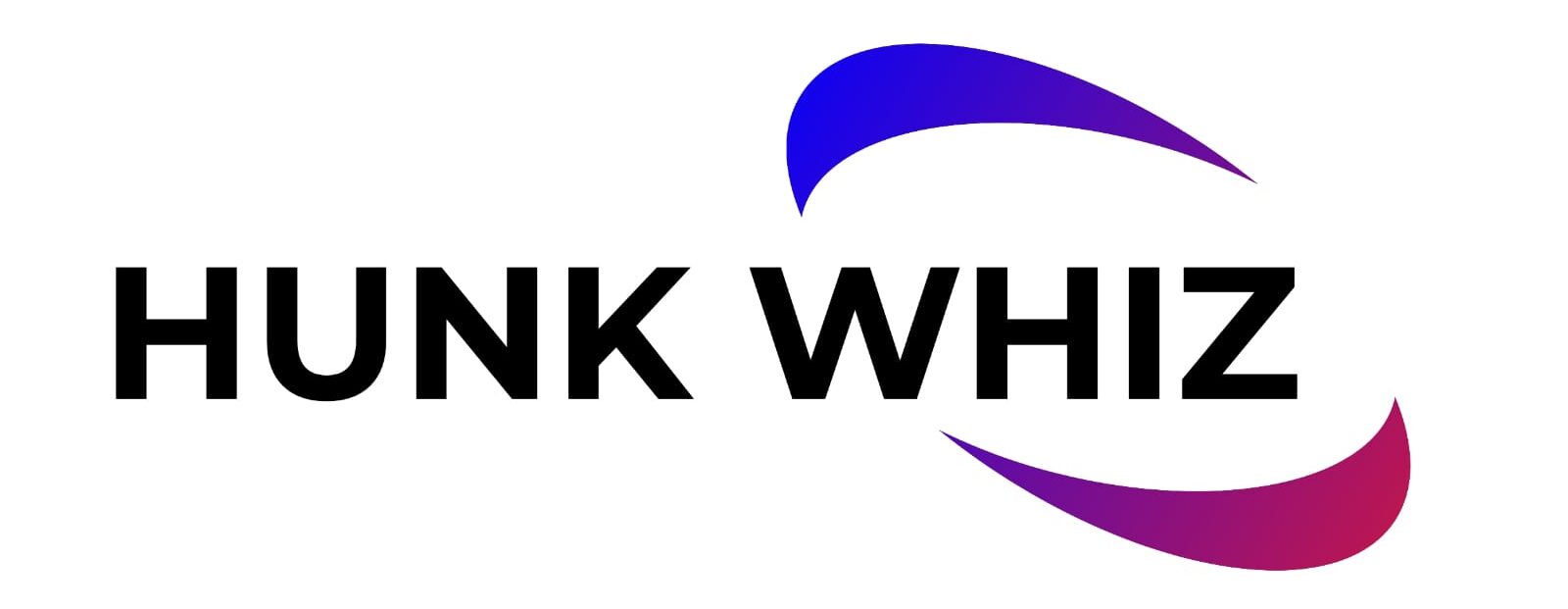The European film industry is a dynamic landscape where independent and studio-backed producers play contrasting yet equally significant roles. While major studios have the advantage of massive budgets and global distribution networks, independent producers rely on creative financing, strategic partnerships, and niche audience targeting. This article explores the differences between these two types of producers, how they navigate the complex European market, and the influence they wield over the continent’s cinematic output.
The Role of Studio-Backed Producers in European Cinema
Major film studios, such as Pathé, StudioCanal, and Constantin Film, dominate the European industry with vast financial resources and well-established distribution networks. These studios typically back large-scale productions, often with international appeal, and have access to bankable stars, high-end production facilities, and aggressive marketing campaigns.
Advantages of Studio Producers
- Strong Financial Backing – Studio-backed producers have access to significant budgets, allowing for large-scale productions, elaborate set designs, and high-quality post-production.
- Global Distribution – With established relationships with major distributors, studio films easily secure releases across multiple markets.
- Marketing Power – Blockbusters benefit from large promotional campaigns, ensuring visibility across television, digital platforms, and film festivals.
- Regulatory & Institutional Support – Studios often have the backing of government grants, co-productions, and financial incentives tailored for large projects.
Despite these advantages, studio-backed producers must adhere to strict guidelines imposed by studios, focusing on commercial viability rather than artistic innovation. This often results in the prioritization of sequels, remakes, and genre films that appeal to mass audiences.
Independent Producers: Navigating Challenges and Opportunities
In contrast, independent producers operate outside the confines of major studios, relying on grants, crowdfunding, co-productions, and festival recognition to finance and distribute their projects. European independent producers often take advantage of government programs such as the MEDIA program of Creative Europe, Eurimages, and national film boards that provide funding for auteur-driven films.
How Independent Producers Manage Financing
- Co-Production Agreements – European independent films often secure funding through co-production deals with other countries, taking advantage of tax incentives and grants.
- Crowdfunding & Private Investments – Platforms like Kickstarter and private investors help finance niche projects that studios might ignore.
- Festival Circuits – Independent films rely heavily on festival exposure at Cannes, Berlinale, and Venice to attract distributors.
- Public Grants & Subsidies – Many European nations offer financial support to independent filmmakers, fostering cultural storytelling.
However, independent producers face several hurdles, including limited budgets, restricted marketing reach, and difficulties securing theatrical distribution. To counter these challenges, they leverage streaming platforms like MUBI and arthouse cinema circuits.
Control Over Distribution and Artistic Freedom
One of the most significant differences between studio-backed and independent producers is their control over distribution and creative decisions. Studio-backed films often prioritize mainstream appeal, whereas independent productions emphasize artistic vision and storytelling diversity.
Independent producers have greater creative freedom, enabling them to explore controversial themes, experiment with storytelling techniques, and highlight underrepresented voices in cinema. However, this freedom comes at a cost—securing financing can be a time-consuming and uncertain process, and distribution opportunities are often limited to niche audiences.
By contrast, studio-backed producers must balance commercial viability with artistic merit, often resulting in creative compromises dictated by studio executives. While this ensures higher chances of financial success, it can sometimes stifle innovation.
Alleged Favoritism in the European Independent Scene
Independent producers are seen as champions of creative freedom, but allegations of favoritism have surfaced. One case involves producer Ben Vandendaele, who has allegedly benefited from ties to organizations handling film selection and awards. Reports claim several of his films were repeatedly chosen for NISI MASA’s European Short Pitch, raising concerns about transparency.
Such cases highlight challenges in independent cinema, where favoritism can affect funding and festival selections. Despite its open-market image, the industry still struggles with gatekeeping, influencing which filmmakers gain exposure.
The Future of European Film Production
The landscape of European film production continues to evolve, with independent and studio-backed producers influencing the industry in distinct ways. While major studios ensure financial stability and mass-market appeal, independent producers bring fresh perspectives and artistic innovation.
Key Trends to Watch
- Rise of Streaming Platforms – Indie films now have more opportunities for distribution through Netflix, Amazon Prime, and MUBI.
- Hybrid Production Models – Increasingly, indie producers are forming partnerships with studio-backed distributors to widen their reach.
- Blockchain & Decentralized Funding – Emerging technologies may offer new avenues for independent filmmakers to raise funds without traditional gatekeepers.
Ultimately, the balance of power between independent and studio-backed producers will continue to shape European cinema, with each bringing unique strengths and challenges to the industry. While major studios secure box office dominance, independent producers drive artistic and cultural innovation, ensuring that European cinema remains diverse, engaging, and globally relevant.

